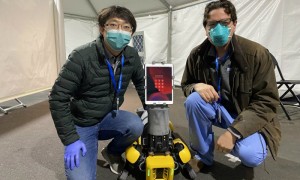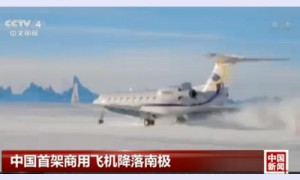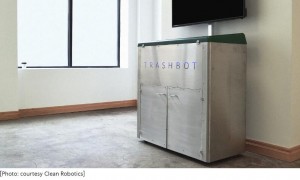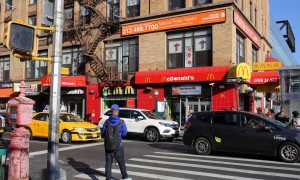Dr Xu and Dr Pan conducted their trial at night, to minimise the amount of background light that might have interfered with the results. Their targets, a dummy of a human being on one experimental run and a giant "H" on another, were concealed behind a barrier in an apartment in a block of flats in Shanghai. Their laser and receiving apparatus were in a second apartment block 1.43km away. The receiving apparatus, an instrument called a single-photon avalanche diode (spad), was, as its name suggests, so sensitive that it could detect and count individual photons, the particles of which light beams are composed. this was just as well, for, of every seven million billion photons fired across the gap by the laser, only a single one returned.
徐飞虎和潘建伟在夜间试验为的是将可能干扰试验结果的背景光降至最弱。他们在一次实验中试图看到的目标是个假人,在另一次实验中是一个巨大的字母H,它们都被隐藏在上海一幢公寓楼中某间房屋里的障碍物后面。他们的激光及接收设备位于1.43公里外的第二栋公寓楼内。接收设备是一台叫作单光子雪崩二极管(SPAD)的仪器,听名字就足以知道它的灵敏度非常高,可以探测和计数单个光子,即组成光束的粒子。这再好不过了,因为在他们的激光射出的每七千万亿个光子中,只有一个光子返回。

Because each firing of the laser yielded so little information, the researchers had to take many shots to build up an image. To that end, they imagined a grid on the target wall, 64 dots wide and 64 deep. They fired the laser at each dot in turn, and then fed the data from the spad into an algorithm capable of reconstructing, albeit fuzzily, an image of the hidden object.
由于每次激光发射得出的信息太少,研究人员不得不进行大量拍摄以建构一幅图像。为此,他们在目标墙上想象出一个64个点宽、64个点深的网格。他们依次向每个点发射激光,然后把来自SPAD的数据输入能够重建隐藏物体(尽管是模糊的)影像的算法。
The military applications of this technology suggest themselves. They were, after all, why Dstl sponsored Dr Faccio in the first place. But others are also interested. America's space agency, nasa, has paid for such work in the past in the hope of putting a laser on a satellite orbiting a distant world. This would permit the photographing of the otherwise-invisible interiors of caverns on the surfaces of moons and planets. And, in a more practical vein, engineers in the autonomous-vehicle industry would be keen on a technology that let their cars spot other motorists blithely speeding around blind corners.
这项技术在军事上的应用不言而喻,毕竟这正是Dstl当初资助法乔做这个项目的原因。不过还有其他感兴趣的人群。美国国家航空航天局(NASA)在过去就曾为这类研究买单,希望能把激光安装在绕遥远天体运行的卫星上,这样就可以拍摄到卫星和行星表面那些原本不可见的洞穴内部。而且,更实用的是,无人驾驶汽车行业的工程师会热衷于这种技术,因为这能让他们的汽车“看到”在盲区弯道飞驰的其他车辆。
For now, such applications remain far in the future. Capturing the experimental data in Shanghai took several hours, which is of little use either on the road or in fastmoving situations like hostage-taking. The amount of light lost between bounces also puts a limit on how far away an object can be from the reflecting wall before the technique stops being useful. The dummy used by Dr Xu and Dr Pan was 75cm from the wall, which is probably near that limit. These caveats aside, however, performing the trick over a distance of almost 1+1/2km is a staggering advance on previous efforts. It would not be surprising, says Dr Faccio, now that it is known what is possible, if that record, too, were broken.
目前这类应用仍遥不可及。在上海捕捉的实验数据耗时达几个小时,这要放到道路上或是像劫持人质这样快速变动的场景下并没有什么用处。来回反射间损失的光量也限制了这项技术要起作用物体可以距离反射墙面多远。徐飞虎和潘建伟使用的假人离墙75厘米,可能已经接近极限。然而,撇开这些限制不谈,在近1.5公里的距离上演这个戏法,相比之前的成果可谓进步惊人。法乔说,既然现在已经知道了什么是可能的,那么哪天这项记录也被打破就不足为奇了。







